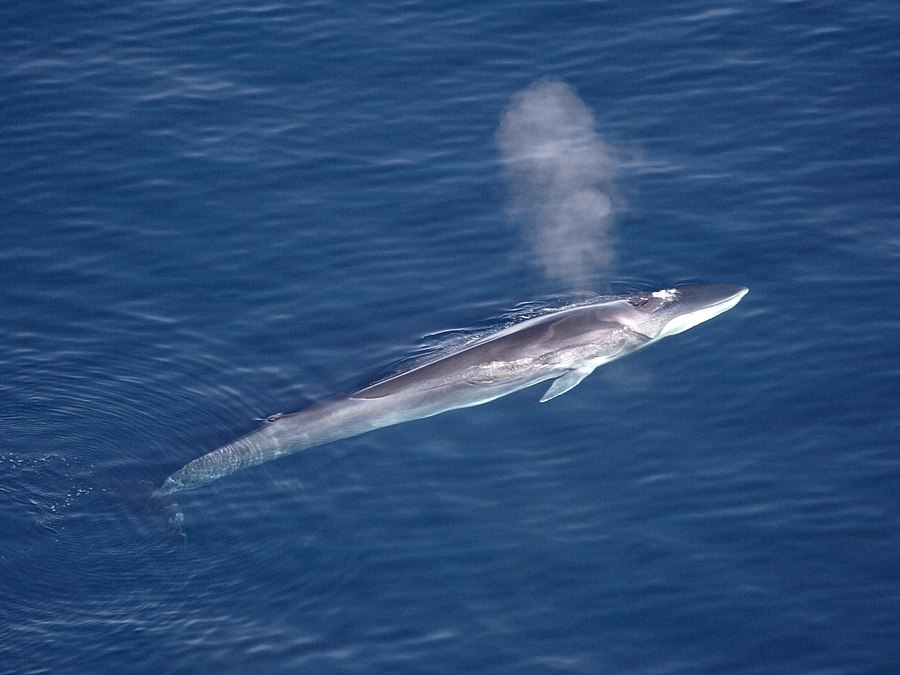Facts About Fin whale
The fin whale, often referred to as the finback whale or common rorqual, is a majestic marine giant and the second-largest species on our planet, second only to the blue whale. Belonging to the baleen whale family, these impressive creatures are characterized by their sleek, slender bodies, which are brownish-grey with lighter undersides. They can grow to an astounding length of up to 27.3 meters (about 90 feet) and weigh as much as 114 tonnes (125 tons).
Fin whales inhabit all the major oceans, ranging from icy polar waters to warm tropical seas. Their diet mainly consists of small schooling fish, squid, and crustaceans, which they filter through their baleen plates.
Unfortunately, the 20th century was highly detrimental to fin whales due to intense hunting, leading to a drastic reduction in their population. Today, they are classified as endangered, with estimates suggesting there are between 100,000 and 119,000 individuals left worldwide. The International Whaling Commission (IWC) has placed a ban on the commercial hunting of fin whales, yet countries like Iceland and Japan have resumed hunting them. Additionally, Greenlanders hunt them under the IWC's Aboriginal Subsistence Whaling regulations.
There are two recognized subspecies of fin whales: the northern fin whale and the southern fin whale. Interestingly, recent DNA studies suggest that fin whales may be more closely related to humpback whales and gray whales than to other members of their own genus. Fin whales can be identified by their tall spout, long back, prominent dorsal fin, and unique asymmetrical coloring.
Fin whales have fascinating life cycles. They mate in temperate waters during winter, with females giving birth every 2-3 years. They reach sexual maturity between 6 and 12 years old and can live for at least 94 years. Known for their speed, fin whales have earned the nickname "the greyhound of the sea." They are quite social and often seen in groups of 6-10, although feeding gatherings can sometimes include up to 100 whales.
These magnificent creatures face several human-induced threats, such as collisions with ships, ongoing whaling in certain regions, and illegal captures. Ship strikes are a significant cause of mortality for fin whales, and their habitats suffer from degradation and pollution, including high levels of microplastics.
Conservation efforts are actively underway to protect fin whales. They are listed on Appendix I and Appendix II of the Convention on the Conservation of Migratory Species of Wild Animals (CMS). Various agreements, such as ACCOBAMS and the Pacific Cetaceans MOU, aim to safeguard their populations and habitats. Continuous efforts are being made to address these threats and ensure the long-term survival of these incredible creatures.

 Peru
Peru